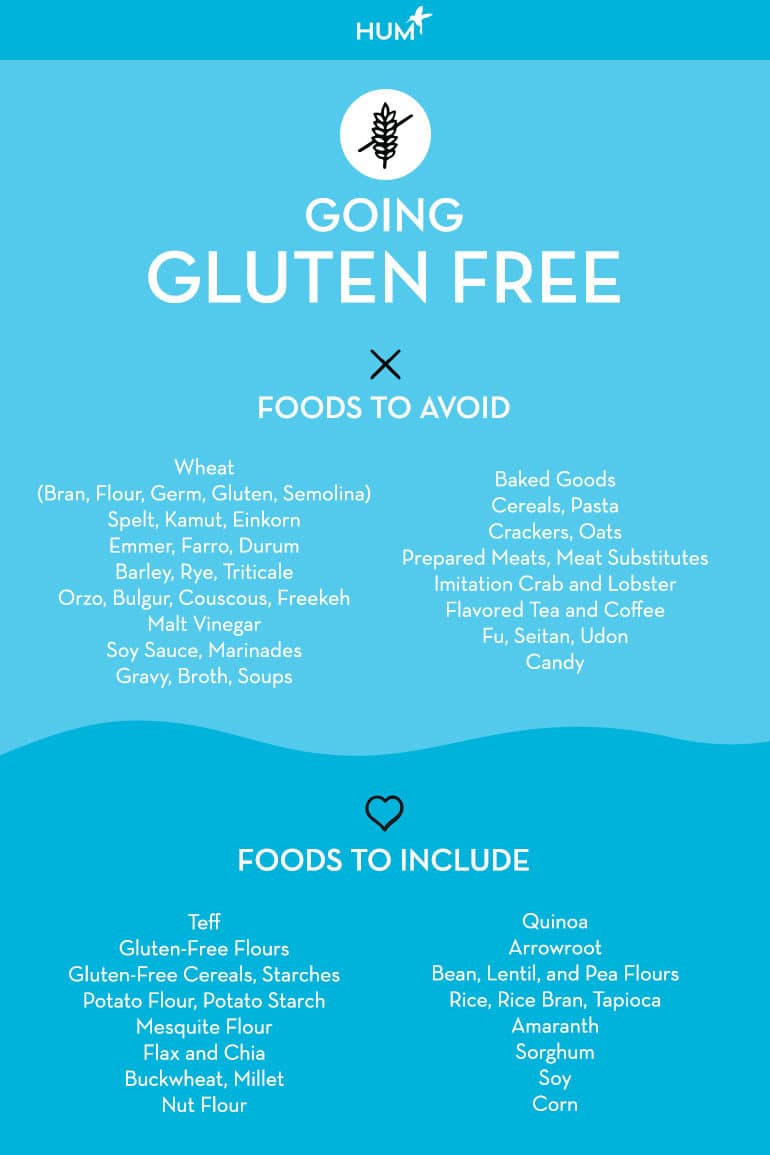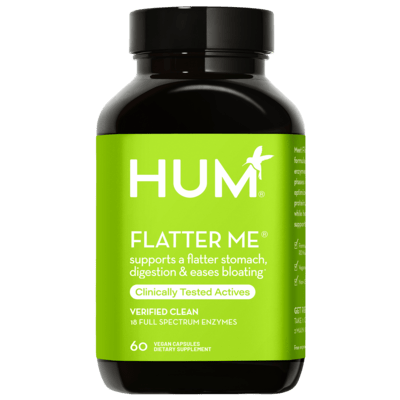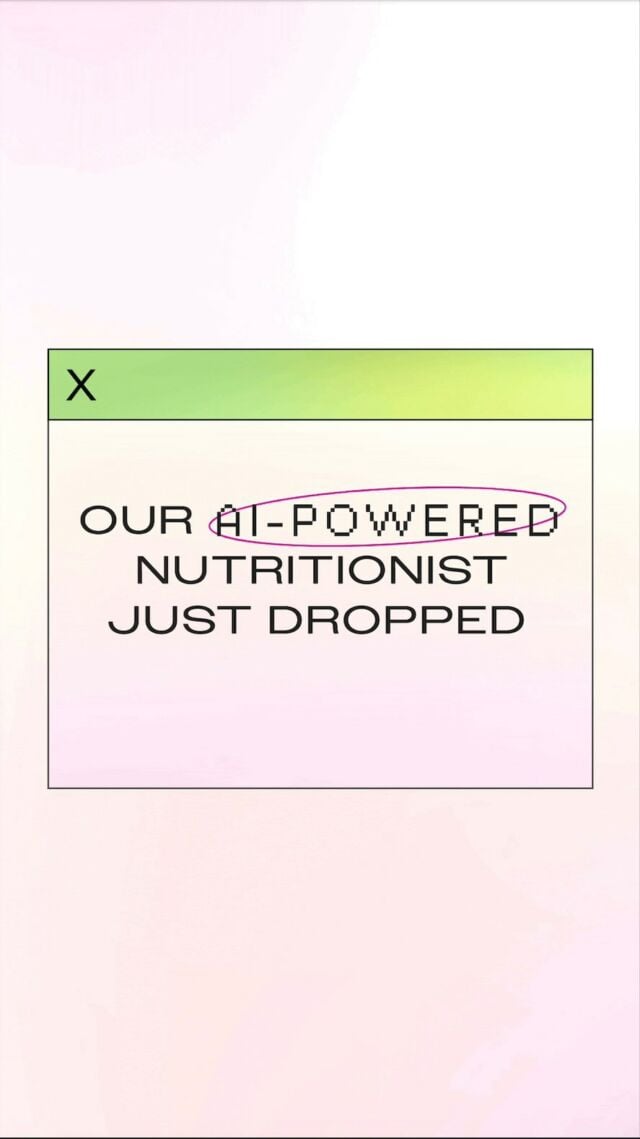THE WELLNEST • Food • Healthy Eating
How to Know If You Actually Have Gluten Intolerance
By Jessica Nelson, RDN, CPT •
August 16, 2019
Up to 18-million Americans identify as having a gluten intolerance. (Comparatively, the Celiac Disease Foundation estimates that around one in 141 people have celiac disease.) For health reasons and otherwise, gluten-free diets have been trending over the past few years, with an estimated 30 percent of Americans reporting a desire to cut out gluten in 2013. On top of that, the Association of Nutrition and Foodservice projects gluten-free products to reach $10 billion in sales by the end of 2019.
Curious about following a gluten-free diet? Here’s an RD-approved list of things to know about gluten intolerance.

What Is Gluten Intolerance?
Non-celiac gluten intolerance or sensitivity is a condition characterized by unpleasant symptoms onset by gluten-containing foods. Gastrointestinal gluten sensitivity symptoms include bloating, gas, abdominal pain, indigestion, diarrhea, and/or constipation. Other signs of gluten intolerance include brain fog, depression, headaches, joint pain, dermatitis or skin rash, and chronic fatigue. It’s worth noting that there have been close to 200 different symptoms reported with gluten intolerance. However, much of the literature indicates that many are over-emphasized, thus making it difficult and controversial to diagnose.How to Diagnose Gluten Intolerance
Unfortunately, there’s no specific gluten intolerance test. At any rate, the process of diagnosing first involves ruling out celiac disease and wheat allergies. (You can do so by visiting a gastroenterologist or board-certified allergist.) Afterward, keep a food and symptom diary to rule out any other foods or ingredients that may cause discomfort. Journaling is an important step, as many of the intestinal symptoms overlap with other gut disorders such as irritable bowel syndrome (IBS). In fact, many adults with IBS report complete symptom improvement by going gluten free. If you suspect you have a gluten intolerance, remove it from your diet for four-to-six weeks. After this period, you can slowly reintroduce it to evaluate symptom improvement.Nutrition and Wellness Tips for Gluten Intolerance
Gluten Free Doesn’t Always Mean “Healthier”
The popularity of gluten-free diets isn’t only attributed to increased rates of celiac disease diagnosis and medically confirmed gluten intolerance, but also the desire to reap perceived benefits. Weight loss, the preference to consume fewer ingredients, and the belief that gluten-free foods are healthier fall under the latter category. Contrary to these trendy beliefs, many gluten-free products actually have lower amounts of micronutrients like B vitamins and fiber than their gluten-containing counterparts. Some also have more sodium, calories, and/or sugar. In sum, it’s highly important to diligently read food labels.HOW TO GO GLUTEN FREE
Currently, researchers are determining if those with gluten sensitivity should go completely gluten free or maintain a low-gluten diet. Additionally, they’re evaluating which biomarkers help identify gluten intolerance for diagnostic reasons, with the hope of creating tailored treatment options. Regardless of where the research currently stands, the first step to going gluten free entails ruling out celiac disease, Crohn’s, and other gut disorders. Afterward, follow an elimination diet. It’s wise to consult a registered dietitian, who can help ensure your diet’s overall quality to reduce the risk of nutritional deficiencies, undesired weight loss, and poor energy intake. He/she can also help with the reintroduction phase, identify symptoms with food correlation, plus help navigate grocery shopping, recipe modifications, label reading, and social dining.Gluten Intolerance Diet
To make things easier, here’s a brief list of foods to avoid and gluten-free foods to eat when embarking on a gluten-free diet:
Supplement to support Digestion
Still have gluten in your diet? Since naturally occurring gut enzymes don’t break down gluten easily, it helps to supplement with digestive enzymes. They can help break down gluten into smaller components, thus making digestion easier and minimizing gluten intolerance symptoms. Additionally, consider taking a gut-supporting probiotic. The health of the gut microbiome plays a protective role in the integrity and function of the intestinal lining. Together, a probiotic and digestive enzyme work in harmony for ultimate gut support. If you’ve been diagnosed with or suspect you have a gluten sensitivity, visit the Gluten Intolerance Group. It’s a great resource for updated information and research, recipes, label reading, support groups, and more.More like this









